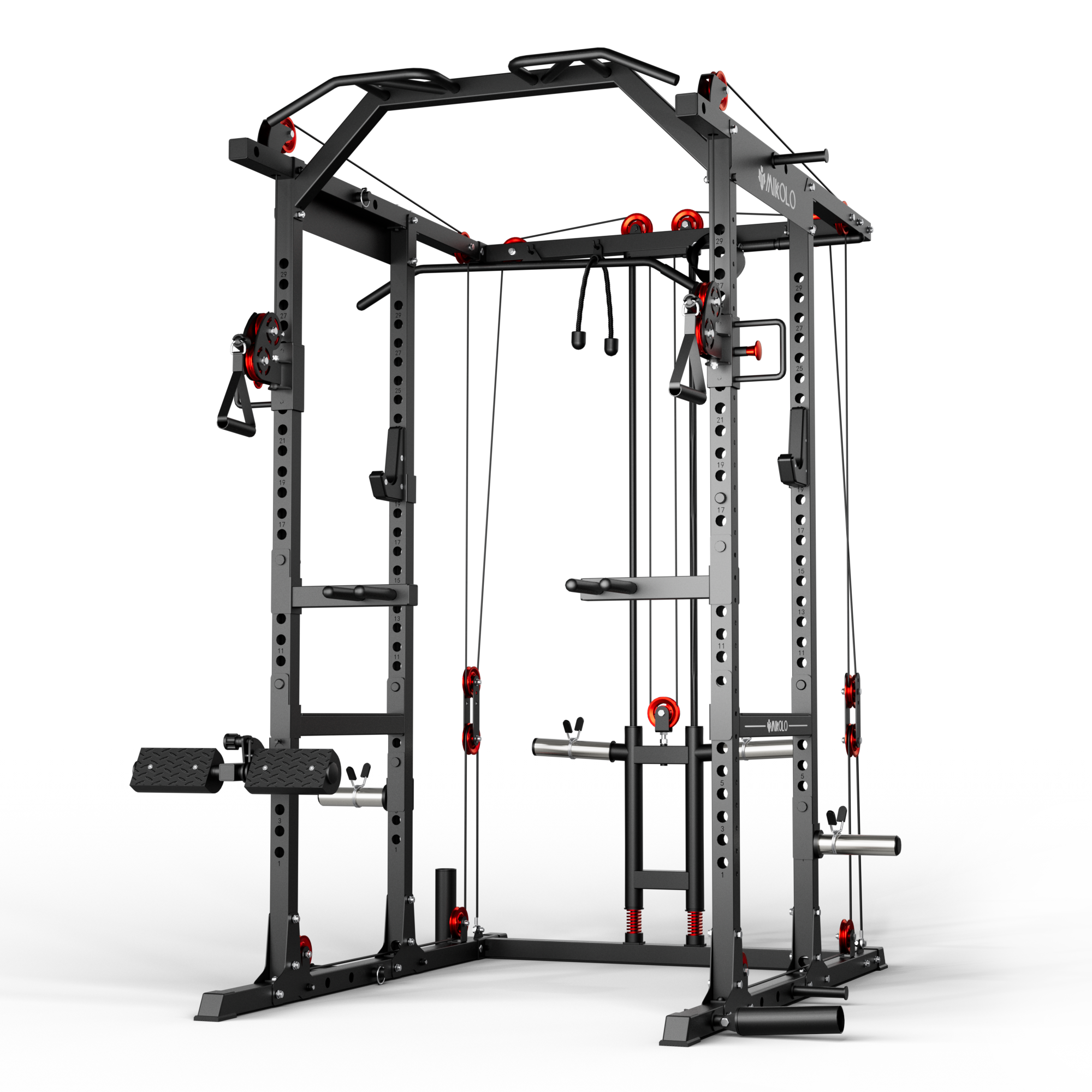Orangetheory Fitness (OTF) has taken the group training world by storm, offering structured, full-body workouts designed to push your limits and ignite real results. Whether you're a first-timer curious about what to expect or someone looking for a sample Orangetheory-style workout to try on your own, this guide breaks down the essentials—from what the sessions look like to how to build a plan around them.
What Is an Orangetheory Workout?
At its core, an Orangetheory workout is a heart rate–based interval training session that combines cardio, strength, and endurance work in a single 60-minute class. The workout is split across three main stations:
-
Treadmill (or bike/strider) – Focused on intervals to elevate heart rate.
-
Rowing machine – Targets power and endurance using full-body motion.
-
Floor exercises – A mix of strength, core, and stability training using dumbbells, bodyweight, and functional equipment.
The goal is to spend at least 12 minutes in the “Orange Zone” (84–91% of your max heart rate) to trigger the afterburn effect, also known as excess post-exercise oxygen consumption (EPOC).
Sample Orangetheory Fitness Workout (No Studio Needed)
Here’s an example Orangetheory-style workout you can try at home or at your gym:
Cardio Block – 18 Minutes
Treadmill Intervals (or use a bike or elliptical):
-
5-min warm-up (steady pace)
-
2-min push pace
-
1-min base pace
-
1-min all-out sprint
Repeat the push/base/sprint cycle 3x
Rowing Block – 12 Minutes
Alternate between rowing and floor exercises:
-
250m row
-
10 push-ups
-
200m row
-
15 bodyweight squats
-
150m row
-
20 sit-ups
Repeat as many rounds as possible in 12 minutes.
Floor Block – 20 Minutes
Strength-focused circuit:
-
3 rounds of:
-
10 dumbbell thrusters
-
12 alternating reverse lunges (each leg)
-
15 dumbbell bent-over rows
-
20 bicycle crunches
Rest 1 minute between rounds.
-
Orangetheory Workout Plans for Beginners to Advanced
If you’re building a workout routine inspired by Orangetheory, aim for:
-
3x/week for beginners: Focus on consistency and learning pace zones.
-
4–5x/week for intermediate/advanced: Use a mix of strength days and endurance days to progress.
Orangetheory offers “template” programming—meaning each day focuses on a theme: Endurance, Strength, or Power. When creating your own Orangetheory-style workout plan, balance those themes throughout the week.
My Experience With Orangetheory
I joined my first OTF class unsure of what to expect—and ended up drenched in sweat and totally hooked. What surprised me wasn’t just the workout intensity, but the structure. I didn’t have to think; I just had to show up and give my best effort. That simplicity is what made me stick with it for months.
I used OTF workouts to prep for my first 10K. The mix of treadmill intervals and rowing work improved my cardiovascular stamina faster than traditional steady-state cardio. Plus, I appreciated the community feel—you’re surrounded by people all chasing the same energy.
Orangetheory PDF Workouts: Can You Train Like OTF at Home?
If you’re looking for an Orangetheory workout plan in PDF format, many trainers and enthusiasts share printable guides that mimic the structure of a studio class. These include interval suggestions, strength circuits, and progressions. You won’t get the real-time heart rate monitoring, but you can still chase the Orange Zone by using a smartwatch or fitness tracker that estimates HR.
Final Thoughts
Whether you're training in the studio or following an Orangetheory-inspired workout program from home, the method works. It’s fun, fast-paced, and designed to push you just enough to get stronger, leaner, and more energized over time.
If you’ve ever said, “I want something full-body and structured that actually challenges me,” this style of training might be exactly what you’ve been looking for.













































Leave a comment
This site is protected by hCaptcha and the hCaptcha Privacy Policy and Terms of Service apply.